Digital Documentation Made Easy
Once you find a region of interest, simply press the Snap button right on the stand to acquire the image. It‘s as easy as that. You can control the microscope and its attached camera without even changing your grip while always focusing on your sample.
Clever Ergonomics for Relaxed Lab Work
Axiolab 5 offers you an easy handling, ergonomic user concept that‘s adapted to your lab routine. You can access all the main controls with just one hand, including the Snap button, stage drive, focus adjustment, and brightness control.
More Economic and Reliable
Save lab space and costs as Axiolab 5 does not require an additional computer and software. The Smart Microscopy concept also enables Axiolab 5 to be operated by both expert and non-expert users, always assuring short time to reliable data.

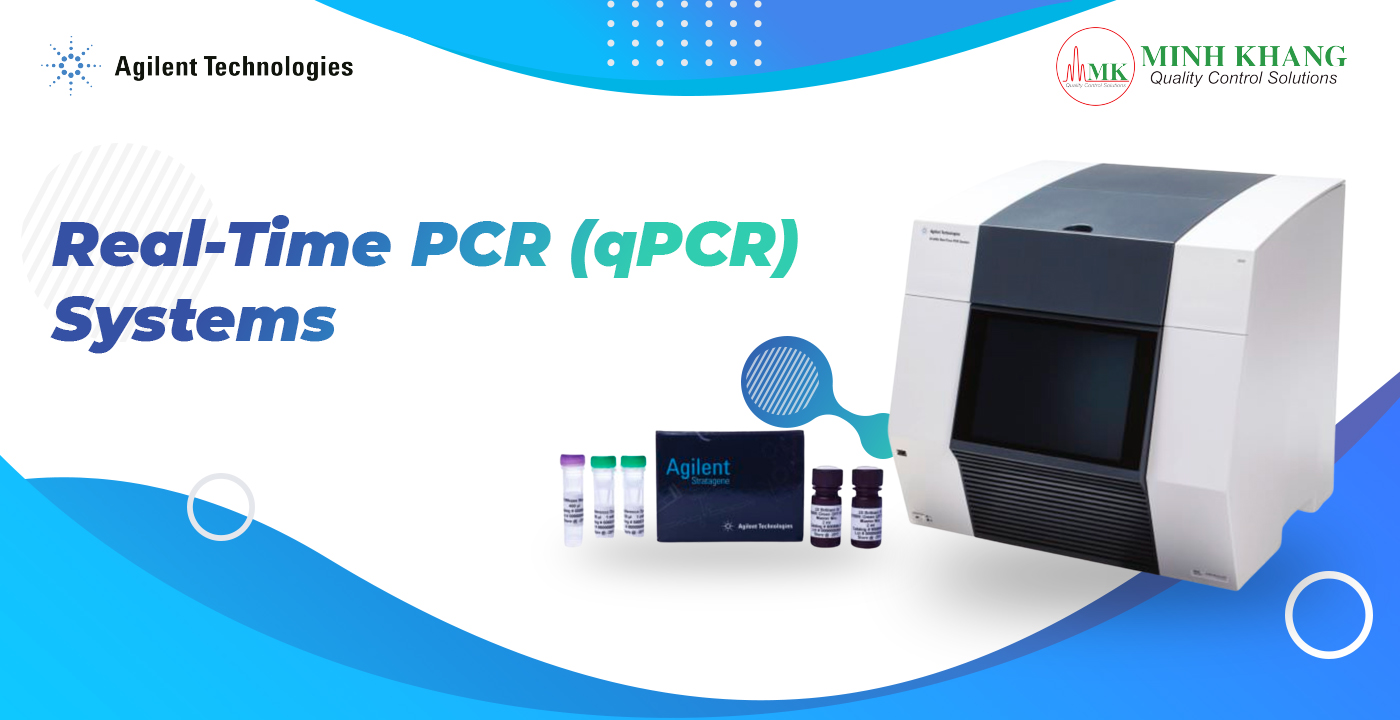

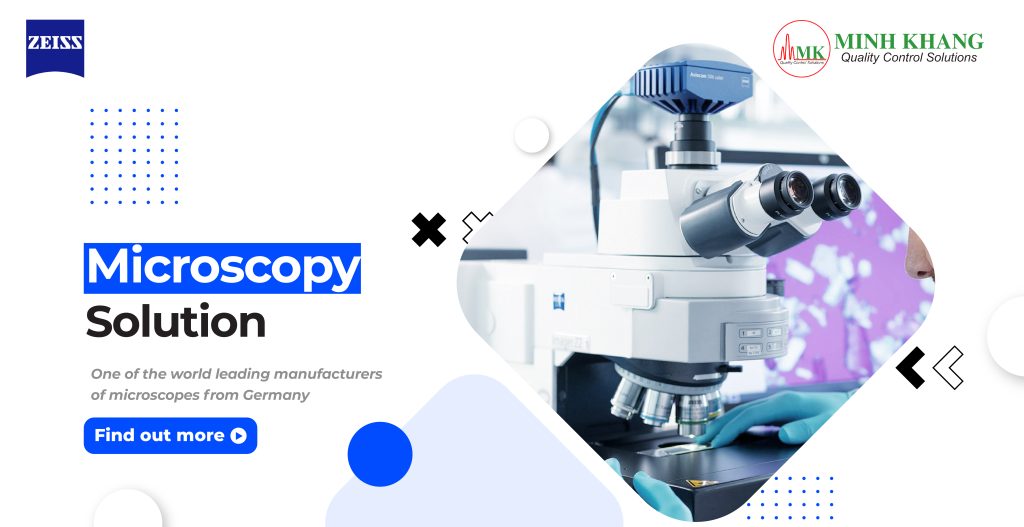

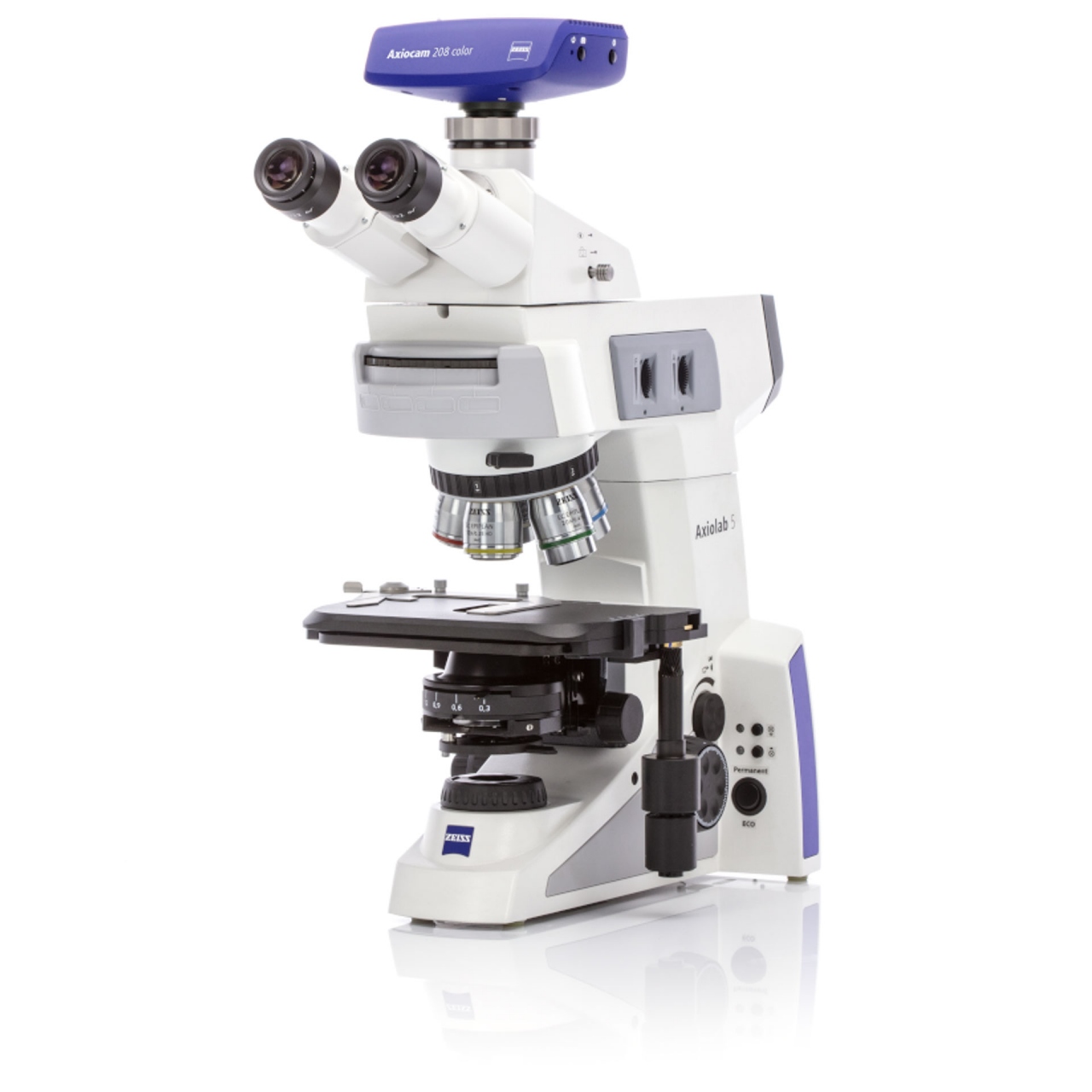



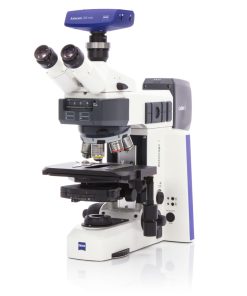
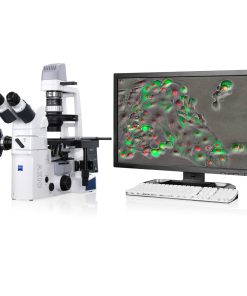
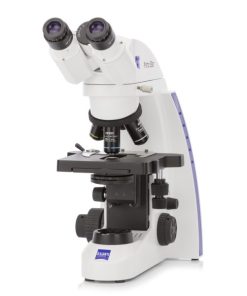
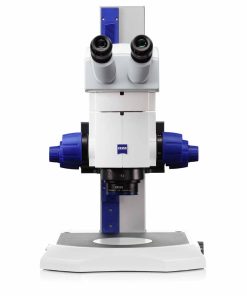
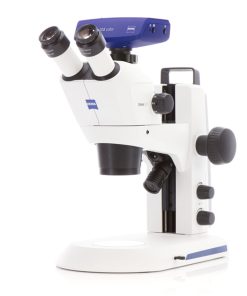

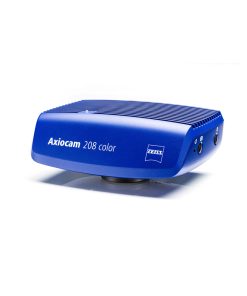
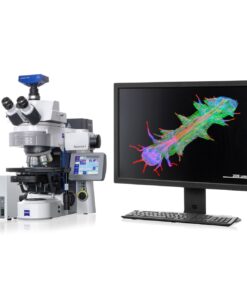
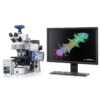
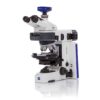

 VI
VI